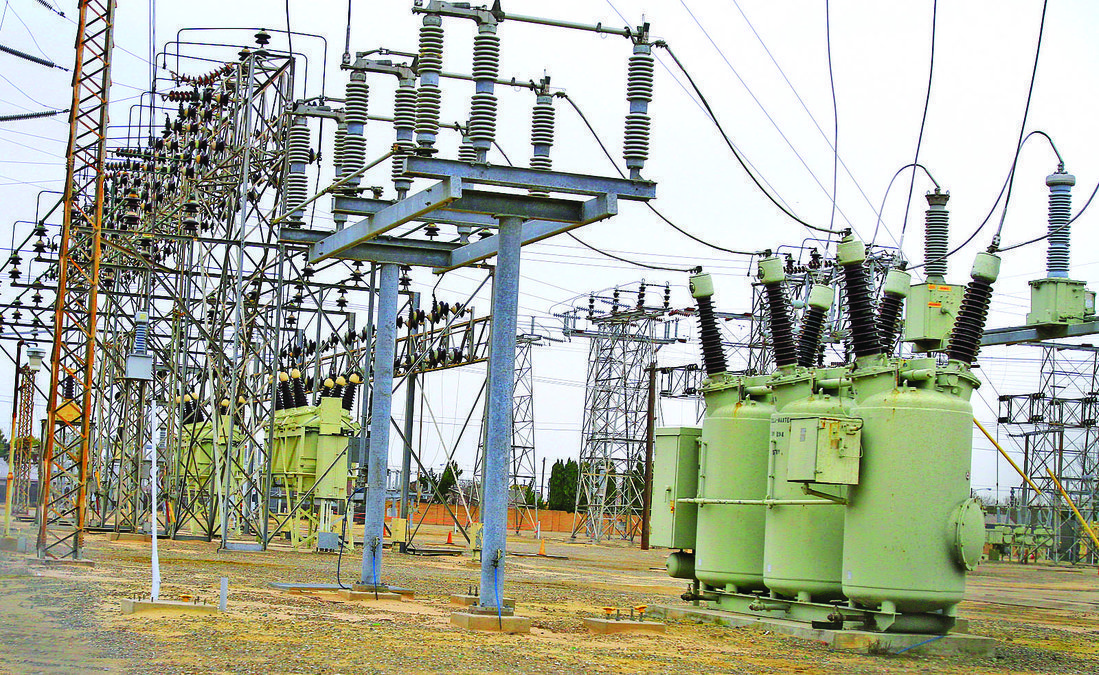There is light at the end of the regulatory and judicial tunnel South San Joaquin Irrigation District has been trasversing for 20 years to deliver on its promise of providing retail electricity to Manteca, Ripon, and Escalon at 15 percent below PG&E rates.
The are two hurdles yet to forge.
The first to a “right to take” trail scheduled before a judge in 2025.
If the judge agrees SSJID meets the state’s constitutional parameters for irrigation districts to use eminent domain for the public good, the last hurdle will then by a court proceeding to establish the price for acquiring the local retail system
Once the district clears the right to take hurdle, the SSJID can start hiring to ramp up its retail power service.
Bill Schwandt, SSJID’s electric utility manager who is spearheading the 115 year-old district’s public power initiative, noted it is understandable PG&E is doing everything it can legally to try and stop SSJID.
“They don’t want precedent set (that communities can set up non-profit power service),” Schwandt told the Manteca Rotary Thursday’s meeting at Ernie’s Rendezvous Room.
The 955 miles of power lines, 40,000 meters and three substations serving 130,000 people within SSJID’s 133 square mile service territory represents less than 1 percent of PG&E’s overall customer base.
Schwandt noted the 20-year plus odyssey SSJID has embarked upon for the three communities and agricultural customers they serve will be well worth it in the terms of cost savings and improved liability.
To underscore that point, he referenced data gleaned by the Sacramento Municipal Utility District as of Jan. 1 before PG&E’s massive $33 per month average residential rate hike went into effect.
In terms of electricity charges:
*SMUD is 61 percent lower than PG&E.
*City of Roseville is 65 percent less than PG&E.
*Modesto Irrigation District is 53 percent lower than PG&E.
*Turlock Irrigation District is 64 percent lower than PG&E.
Schwandt notes SSJID initially will have a minimum savings of 15 percent over PG&E.
But as the years unfold after SSJID assumes ownership of the retail system, electricity savings will start to approach the point they are anywhere from a third to a half lower than the for-profit utility.
At the same time, data shows PG&E is the most unreliable electrical provider in California in terms of non-planned power outages which excludes shut offs in high risk wildfire areas during severe dry winds.
PG&E experiences 176 minutes of power outages in a typical year compared to 30 minutes for Modesto Irrigation District.
In fact, all of the public agencies that provide more than a third of the state’s 482 cities with electricity have less minutes of power outages than the for-profit power providers with the exception of San Diego Gas & Electric.
Schwandt brought 37 years of experience with him in the public power business in October 2022 after serving a stint as MID’s general manager.
Swandt, who spent the bulk of his career working for non-profit electrical concerns in the Midwest, said he was surprised at the gap between retail electricity costs in California.
In the Midwest, he noted most non-profits are roughly 10 percent lower than the for-profit firms.
The gap is significantly higher in California coming in at between 30 and 60 percent.
He noted public power concerns can deliver lower cost power due to their access to tax-exempt bonds to finance infrastructure needs and the fact they do not need to earn a profit.
Swandt said the ability to SSJID to deliver retail power is underscored by the fact “they’ve been doing the hardest part” for 70 years, which is generating and transmission electricity.
That is a reference to the Tri-Dam Project that SSJID operates jointly with Oakdale Irrigation District.
PG&E for more than 50 years relied on SSJID and OID to deliver a reliable flow of wholesale electricity.
Swandt said public power agencies are more responsive to the need to provide reliable service and the lowest cost possible because they are governed by elected directors.
In the case of SSJID, the 130,000 people they would serve with electricity will elect the five directors that run the agency. It means they are accountable directly to the public
That compares to 16 million PG&E customers that have no say in who sits on the PG&E board.
The PG&E board’s first collective responsibility is to stockholders and not ratepayers.
To contact Dennis Wyatt, email dwyatt@mantecabulletin.com






